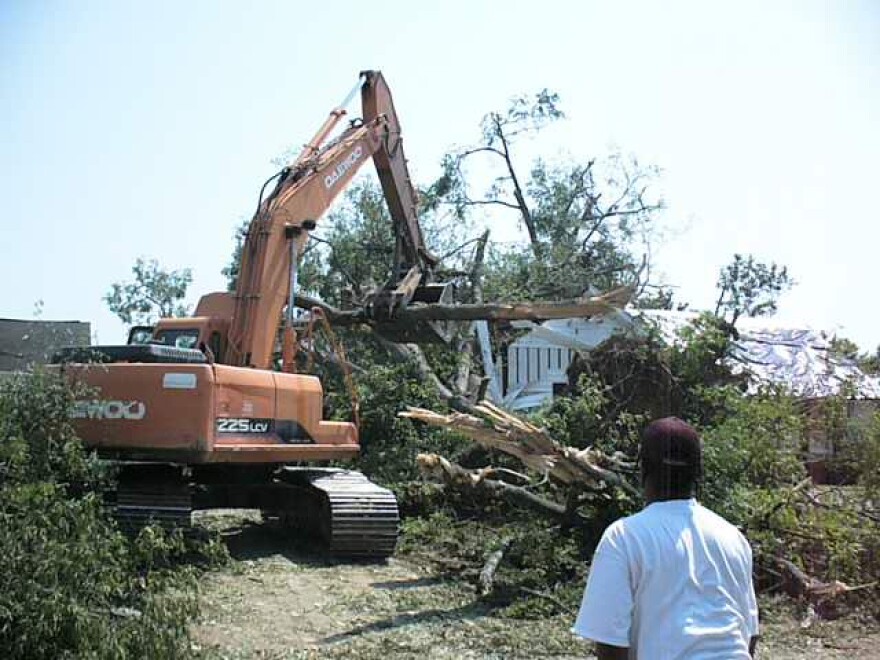It’s been one week since a series of tornadoes hit parts of Alabama. The National Weather Service identified a total of thirteen tracks where twisters impacted counties including Montgomery, Bibb, Chambers, Chilton, Clay, Coosa, and Randolph. The tornadoes ranged from EF-zero to EF-2 on the so-called Fujita Scale which ranks storms on their intensity. Forecaster Jason Holmes says the agency uses field surveys and computer software to do their surveys, but eyewitness reports help a lot as well…
“We rely on the public and the media for reports. We gratefully appreciate these reports we utilize radar… we utilize all these tools and technologies,” said Holmes. “But, being able to piece together the full picture, every report counts.”
The National Weather Service also studies damage to buildings, power lines, and even cars in assessing the strength of a tornado. There are also university studies that provide guidelines on what tornado damage to buildings, power lines, cars and other structures looks like during a twister. Holmes says that’s important since not all damage from violent weather is automatically the result of a tornado.
“We have to discern between tornado damage and we call straight line wind damage. Some storms are capable of generating strong winds. But they may not necessarily swirl in the motion of a tornado.”
Holmes adds that insurance companies also rely on tornado confirmation reports from the National Weather Service in responding to customers who ask for compensation following a storm. He says in it’s in everyone’s best interests to report tornado damage to the agency as soon as possible…


